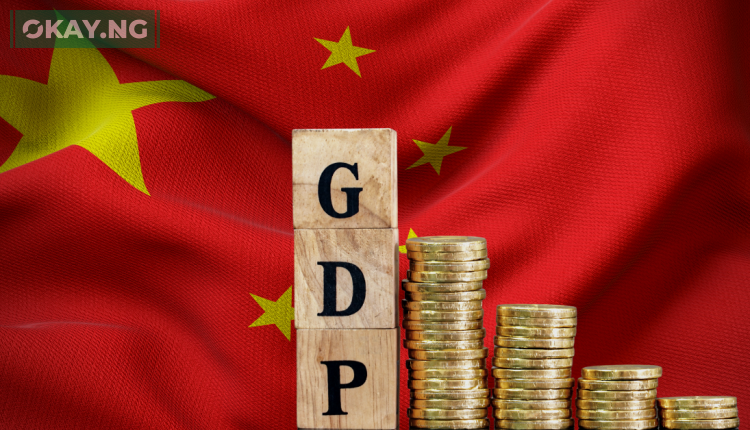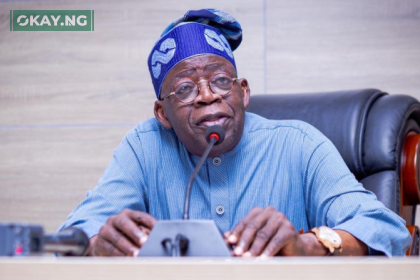China’s economy demonstrated unexpected resilience in the first quarter of 2025, exceeding analyst expectations despite the mounting pressure of a trade war with the United States. Data released Wednesday revealed a year-on-year GDP growth, surpassing the predicted and maintaining the previous quarter’s pace. However, this positive momentum is threatened by the escalating tariffs imposed by the U.S., which analysts warn pose a significant risk to China’s economic stability.
The robust first-quarter performance was primarily driven by strong domestic consumption and industrial output. Retail sales surged by in March, and factory output accelerated to , both exceeding forecasts. This domestic strength offered a temporary buffer against the external pressures. However, the future outlook remains uncertain.
“Before the tariff storms hit, China’s GDP growth likely eased but remained solid, thanks to the recovery in domestic demand,” analysts at Societe Generale noted. However, the impact of the increased U.S. tariffs, which recently escalated to , is expected to create significant headwinds.
The escalating trade tensions have prompted retaliatory measures from Beijing, with tariffs on U.S. goods rising to . This tit-for-tat exchange raises concerns about a potential global recession, as highlighted by market analysts.
The impact of these tariffs is expected to manifest in a sharp reversal of China’s March export surge. This surge was largely driven by factories rushing shipments to beat the tariff deadlines, a trend that is not sustainable.
Read Also: China Escalates Trade War, Imposes 125% Tariffs on US Goods
Analysts at UBS have downgraded China’s 2025 growth forecast to from , factoring in the sustained tariff hikes and the need for additional stimulus measures. “We think the tariff shock poses unprecedented challenges to China’s exports and will set forth major adjustment in the domestic economy as well,” they stated.
Despite the challenges, Chinese policymakers have reiterated their commitment to supporting the economy. Premier Li Qiang has pledged to implement further stimulus measures, focusing on boosting domestic consumption to mitigate the impact of the trade war. Beijing has also unveiled fiscal measures, including an increased budget deficit, and hinted at further fiscal and monetary stimulus.
However, challenges remain. Fitch’s recent downgrade of China’s sovereign credit rating, citing rising government debt and risks to public finances, underscores the delicate balancing act policymakers face. They must stimulate the economy without exacerbating existing financial vulnerabilities.
The Politburo is scheduled to meet later this month to outline its policy agenda, providing a crucial opportunity for Beijing to address the looming tariff threat and ensure continued economic stability. While the Q1 numbers offer a glimpse of resilience, the long-term impact of the U.S. tariffs remains a significant concern, demanding strategic and decisive policy responses.













